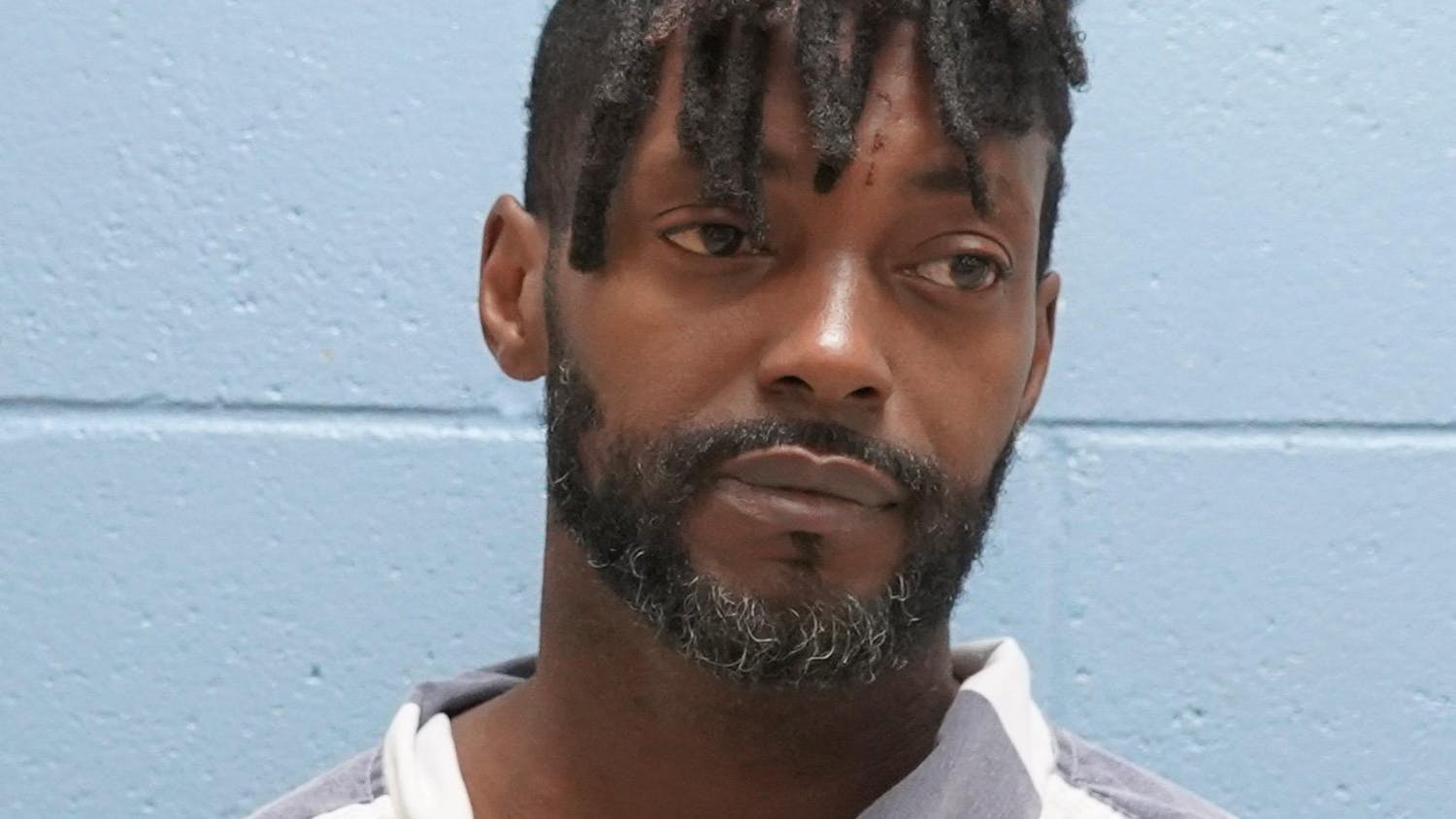Imagine a world where clusters of mangled wires under desks are non-existent. Imagine a world where laptops and cell phones charge every time they enter a room.
A world where all those things are possible may not be far away.
The idea of wireless electricity dates back more than 100 years to Nikola Tesla and his giant electrical towers, known as Tesla coils, which would relay electrical charges through the air.
"Tesla made an antenna of the high-voltage end of his secondary, it became a powerful radio transmitter," according to PBS online. "In the early decades of radio, most practicable radios utilized Tesla coils in their transmission antennas."
The modern concept of wireless electricity was conceived by Marin Soljacic, an assistant professor in MIT's Department of Physics and Research Laboratory of Electronics.
According to a November 2006 edition of MIT Tech Talk, one night Soljacic fell asleep and forgot to charge his phone. He awoke to an irritating beeping sound emitting from his dying cell phone.
He started to wonder if somehow the phone could charge itself, and began investigating the possibility of charging devices wirelessly.
Soljacic and a team from MIT's Department of Physics, Department of Electrical Engineering and Computer Science and Institute for Soldier Nanotechnologies began research .
"Realizing their recent theoretical prediction, they were able to light a 60W light bulb from a power source seven feet away; there was no physical connection between the source and the appliance," said a June 2007 edition of MIT Tech Talk.
Wireless electricity provides benefits similar to wireless Internet. It supplies a steady current of electricity to electronic devices without needing a cord.
The concept of wireless electricity is based on transferring electric energy or power over distance without wires, according to WiTricitiy's Web site, a company in wireless electrical technology.
Possibilities for application of the technology look to be immeasurable. According to eCoupled's Web site, the company is working toward consumer technology that will power and charge electronic devices quickly and easily without a tangle of wires and adapters lying around the living room and behind the television.
eCoupled also is working on automotive solutions such as powered cup holders and compartments that allow car occupants to wirelessly charge a phone, PDA, MP3 player, camera or laptop.
While it hasn't disclosed an exact date, eCoupled expects its first products to hit the market in late 2009.
WiTricity is looking at ways to direct wireless power into implantable medical devices such as pacemakers, heart pumps and defibrillators.
"Just walk outside, there are trillions of dollars that have been invested in infrastructure around the world putting up wires to get power from where it is created to where it is used," said Eric Giler, CEO of WiTricity, in a TED video.
Giler said he thinks wireless electricity could reduce the need for disposable batteries.
"Forty billion disposable batteries built every year for power that is generally speaking, a few inches or a few feet of where there is very inexpensive power," Giler said.
Many of these batteries are disposed of in landfills where they later corrode.
Wireless electricity is also a safe non-radiative mode of energy transfer which relies on magnetic near fields, which interact weakly with biological organisms, like people and animals, and therefore are scientifically regarded to be safe, says WiTricity's Web site.
"A feat of physics so subtle and so profound it could change the world," said Paul Hochman in a January 2009 Fast Company article on wireless electricity.
Do you like this story? The Plainsman doesn't accept money from tuition or student fees, and we don't charge a subscription fee. But you can donate to support The Plainsman.




